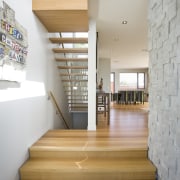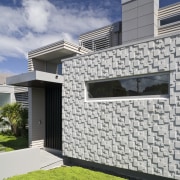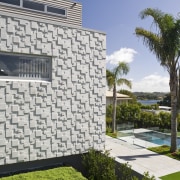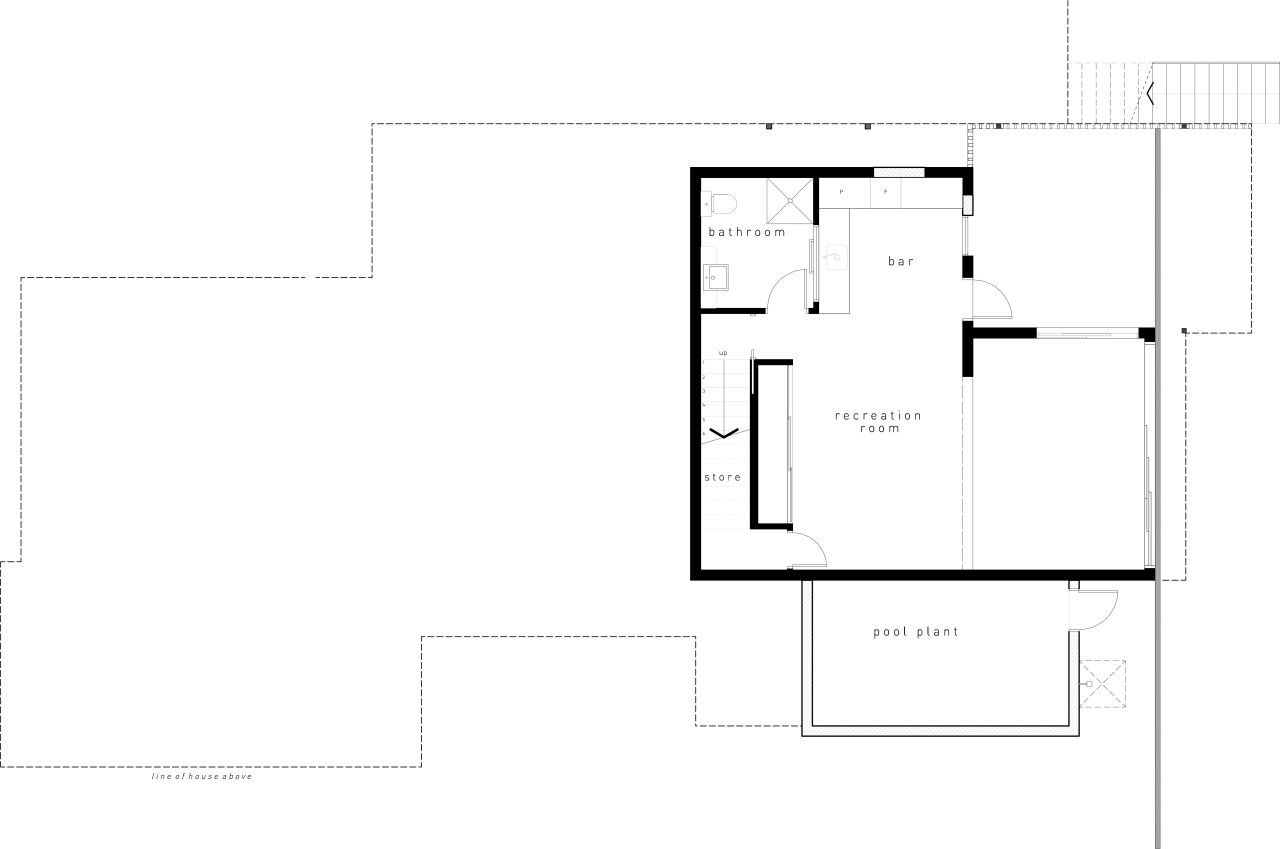The sum of its parts
More than remodelling an outdated house, this renovation project was an exercise in creating a relationship between owner, architect and builder
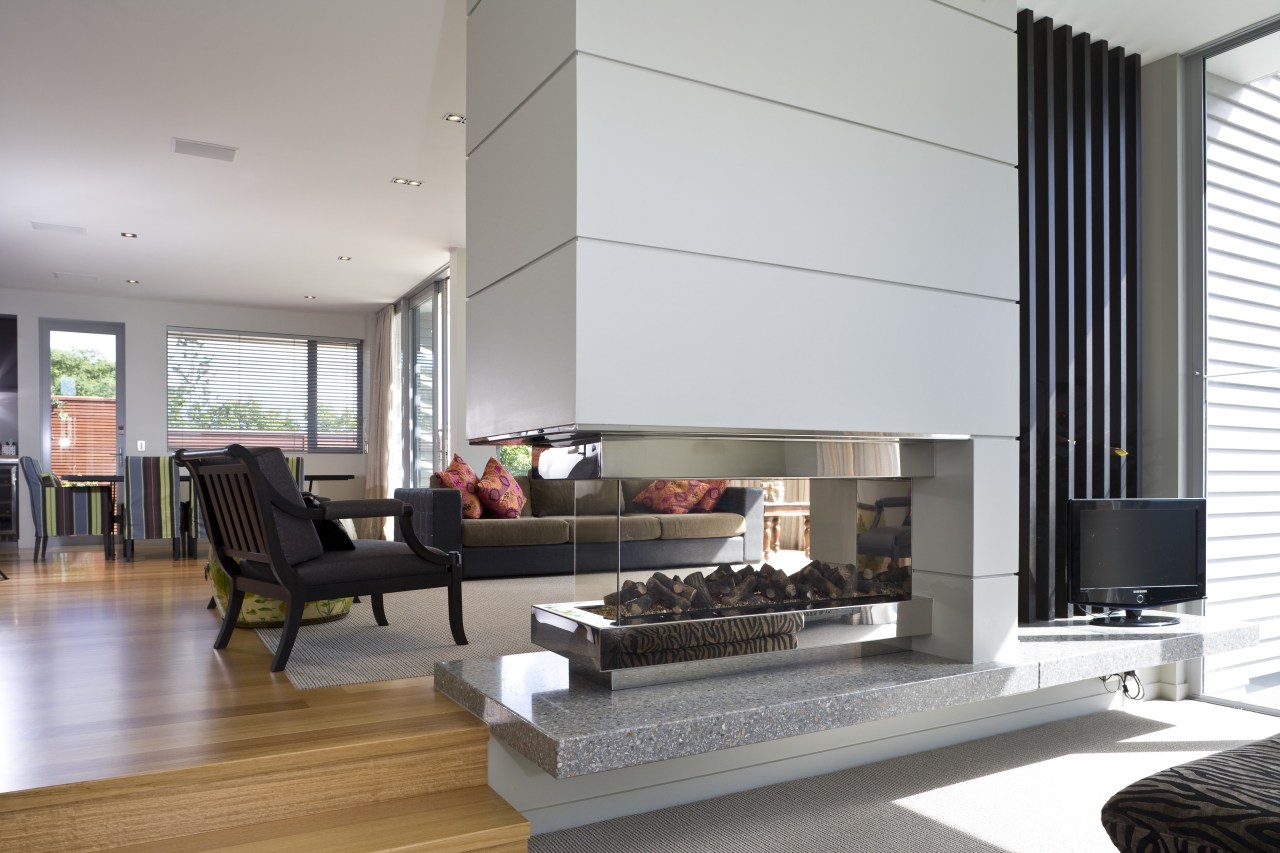
For many of us the biggest financial investment we'll make in our lives is our home. It comes as no surprise therefore that we can agonise over the decision to renovate or relocate especially if we're in a neighbourhood we like when that home no longer meets all our needs.
Having settled on the decision to renovate, the next big task is to enter into a relationship based on mutual understanding with an architect and builder, says Darren Jessop of Jessop Architects.
"The success of any project is always going to be contingent upon the level of confidence each party has in the abilities of the other."
"This renovation is a prime example. When the homeowners first contacted us, they didn't really know what they wanted to achieve they just knew the home wasn't working for them in its existing configuration," says Jessop.
"To put your trust in another person to turn your ideas into something tangible is a great mark of respect."
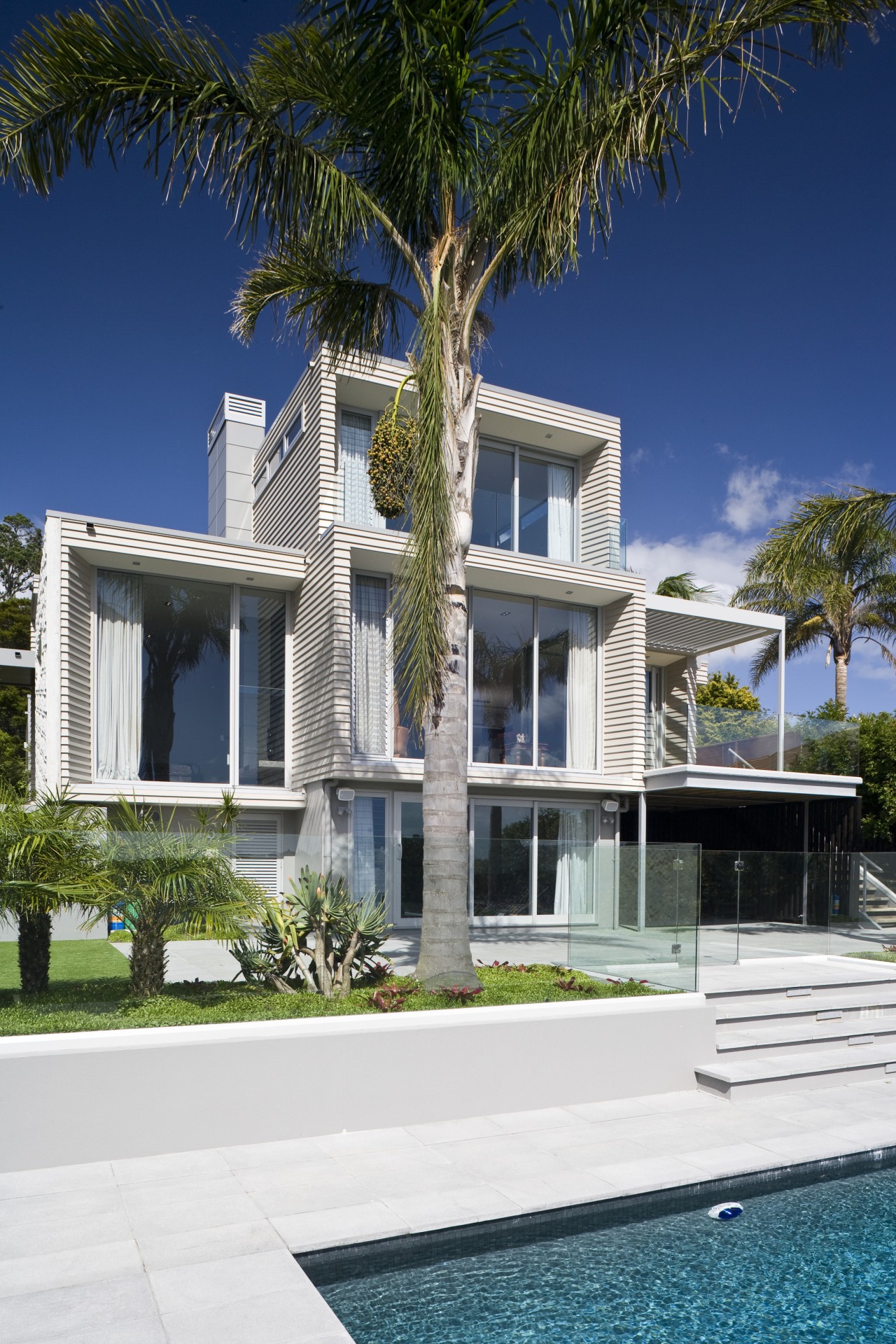
Typical of its era, the 1970s house was low-ceilinged and the rooms were self-contained. In its favour however, was its position on the back of the property, facing a lake, which allowed for more to be made of the front yard.
Structurally, the house has largely retained the same footprint, with the most obvious change being the re-siting of the garage to the rear of the property. The old garage space has become the family room. Internally, a spacious open-plan living and dining area has been created and circulation between the living areas and bedrooms has been greatly improved.
"With a renovation project you don't tend to have the luxury of removing everything to create spaces from scratch, as you would with a new build. In the end we removed only six walls to achieve the difference we have."
One of the owners' wishes was to make better use of the lower level and its access to the outdoor area and gardens. Jessop says this link between internal and external became one of the driving factors behind the aesthetics of the house.
"The lower level was an unappealing space with little sense of connection to the rest of the property. External stairs solved the issue of access, so the focus shifted to linking the areas visually.
"The idea was to layer the facade away from the street, creating a sense of movement. The use of differing materials weatherboards, expressed-joint sheeting helps accentuate this," says Jessop.
Moulded precast concrete was another material chosen, as it can be individualised to each project. For this design, Jessop chose a repeating pattern of four differently profiled blocks.
"The exterior needed to be as pleasing to the eye as the interior needed to be liveable. So the requirement became one of concealment, or form over function, if you prefer. The layered facade masks the garage and front door, presenting a cohesive, sculptural face to the street."
Credit list
Builder
Kitchen manufacturer
Ventilation
Refrigeration and dishwasher
Irrigation and outdoor lighting
Story by: Justin Foote
Home kitchen bathroom commercial design
Social agenda
Masculine meets mixed use
At one with the Amazon

